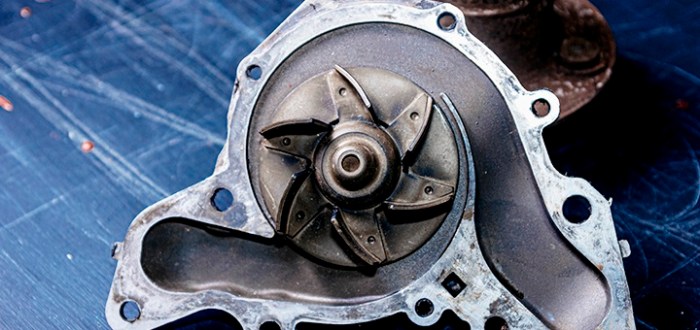Tipos de bomba de infusión – Welcome to the world of infusion pumps, where precision meets patient care! Join us as we delve into the types of infusion pumps available, unravel their components, and explore their programming and operation. Let’s dive right in!
From syringe pumps to volumetric and peristaltic pumps, we’ll uncover their unique characteristics and applications. Stay tuned to learn about their advantages and disadvantages, ensuring you have a comprehensive understanding of these essential medical devices.
Types of Infusion Pumps: Tipos De Bomba De Infusión
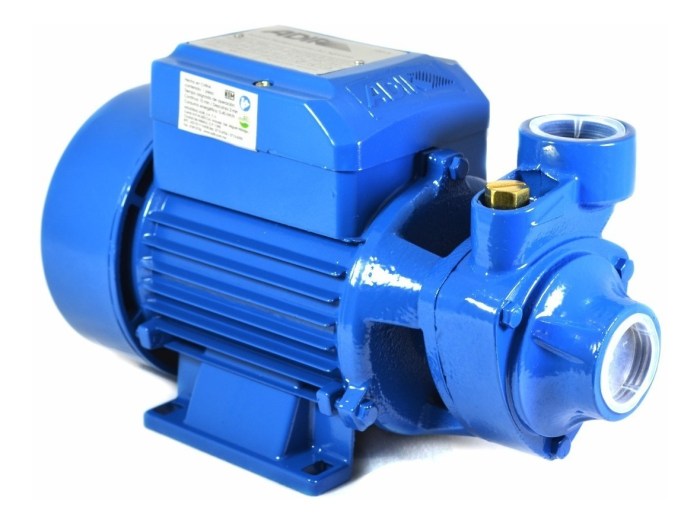
Infusion pumps are medical devices used to deliver fluids, medications, or nutrients into a patient’s body in a controlled manner. There are several types of infusion pumps available, each with its own advantages and disadvantages.
Syringe Pumps
Syringe pumps use a syringe to deliver fluids. They are relatively simple to operate and can be used to deliver small volumes of fluid accurately. However, they are not as versatile as other types of pumps and can only deliver fluids at a constant rate.
Volumetric Pumps, Tipos de bomba de infusión
Volumetric pumps use a piston or diaphragm to deliver fluids. They are more versatile than syringe pumps and can be used to deliver a wider range of fluids at variable rates. However, they are more complex to operate and can be more expensive than syringe pumps.
Peristaltic Pumps
Peristaltic pumps use a rotating roller to compress a flexible tube, which forces fluid through the tube. They are gentle on fluids and can be used to deliver a wide range of fluids at variable rates. However, they are not as accurate as other types of pumps and can be more expensive.
Components of Infusion Pumps
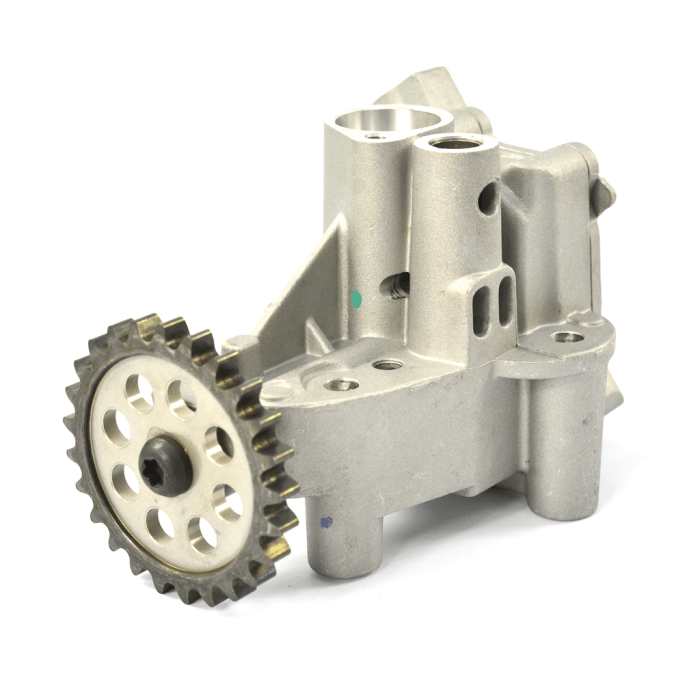
Infusion pumps are medical devices that deliver fluids, medications, or nutrients into a patient’s body at a controlled rate. They consist of several key components that work together to ensure accurate and safe medication delivery.
Pump Head
The pump head is the central component of an infusion pump. It houses a mechanism that generates the pressure necessary to propel the fluid through the tubing and into the patient’s body. The pump head can be either a peristaltic pump, which uses rollers to compress the tubing, or a syringe pump, which uses a plunger to push the fluid.
Tipos de bomba de infusión, como bombas de jeringa y bombas peristálticas, son dispositivos médicos esenciales. Pero, ¿sabías que también puedes descubrir tu nivel de hambre de contacto físico? Toma el am i touch starved quiz y descubre si anhelas más abrazos y contacto humano.
Volviendo a los tipos de bomba de infusión, es crucial seleccionar el tipo correcto para garantizar una administración precisa y segura de medicamentos.
Reservoir
The reservoir is a container that holds the fluid to be infused. It is typically made of a flexible material, such as plastic or silicone, and can be disposable or reusable. The reservoir has a port for connecting the tubing to the pump head and another port for filling or replacing the fluid.
Tubing
The tubing connects the reservoir to the patient’s access point, typically a vein or artery. It is made of a flexible material that is compatible with the fluid being infused. The tubing must be free of leaks or kinks to ensure proper fluid delivery.
Control Panel
The control panel allows the user to program the pump and monitor its operation. It typically includes a display that shows the infusion rate, volume infused, and remaining battery life. The control panel also has buttons or dials for adjusting the infusion rate, setting alarms, and troubleshooting.
Importance of Maintenance and Calibration
Proper maintenance and calibration of infusion pumps are crucial for ensuring accurate and safe medication delivery. Regular maintenance includes cleaning and disinfecting the pump and tubing, as well as checking for any leaks or damage. Calibration involves verifying the accuracy of the pump’s delivery rate and making adjustments as necessary.
Regular maintenance and calibration help prevent errors and ensure that patients receive the correct dosage of medication.
Programming and Operation of Infusion Pumps
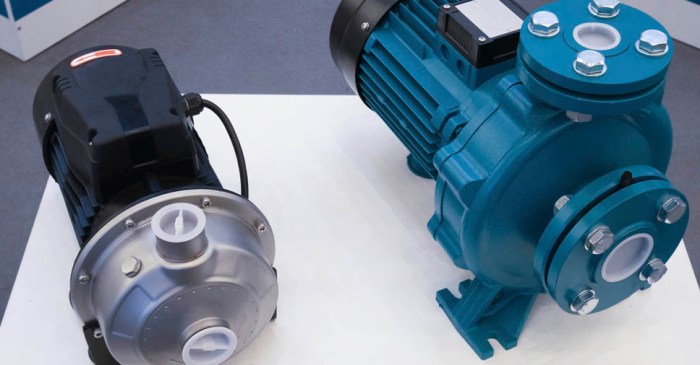
Programming and operating an infusion pump is a crucial aspect of administering medications safely and effectively. Here’s a guide on how to do it:
Setting Parameters
- Flow rate:Set the rate at which the medication will be infused, typically in milliliters per hour (mL/hr).
- Volume:Specify the total volume of medication to be infused, which can be a specific amount or a continuous infusion.
- Duration:Determine the duration of the infusion, either as a specific time period or until the volume is complete.
Modes of Operation
Infusion pumps offer various modes of operation:
- Continuous:The medication is infused at a constant rate over the specified duration.
- Intermittent:The medication is infused in cycles, with periods of infusion and pause.
- Patient-controlled analgesia (PCA):The patient has control over the infusion, allowing them to administer medication as needed.
Safety Features and Alarms
Infusion pumps are equipped with safety features and alarms to prevent errors and ensure patient safety:
- Flow rate limits:Prevents the infusion rate from exceeding a preset maximum.
- Volume limits:Alerts when the infused volume reaches a specified threshold.
- Occlusion detection:Detects blockages in the infusion line and stops the infusion.
- Air-in-line detection:Detects air bubbles in the infusion line and pauses the infusion.
- Audio and visual alarms:Alert the user to potential issues, such as low battery or medication completion.
Troubleshooting Infusion Pumps
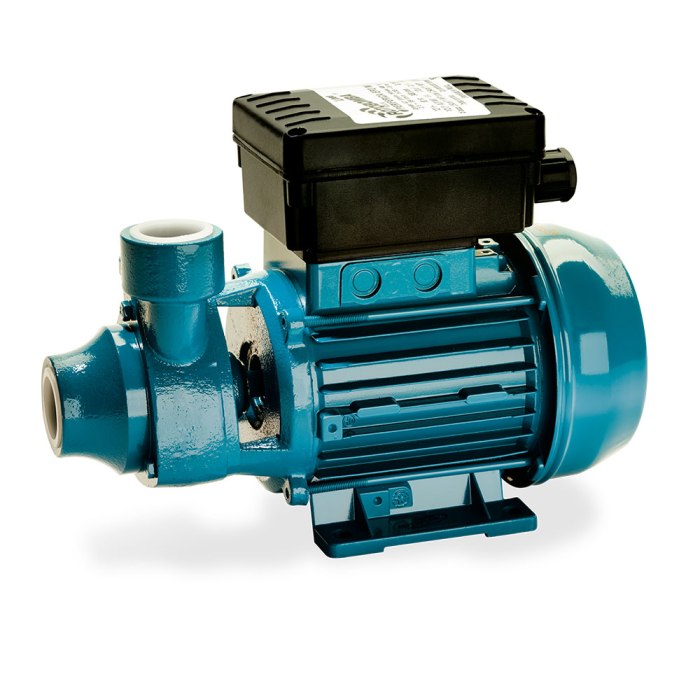
Infusion pumps are essential medical devices used to deliver precise amounts of medication or fluids to patients. However, like any other equipment, they can experience problems that require troubleshooting.
Common Problems and Troubleshooting Tips
Identifying and resolving common issues with infusion pumps is crucial for ensuring patient safety and treatment effectiveness. Here are some common problems and troubleshooting tips:
- Flow Rate Inaccuracies:
- Check the tubing for kinks or blockages.
- Ensure the pump is calibrated correctly.
- Replace the infusion set if necessary.
- Alarms:
- Identify the specific alarm type (e.g., occlusion, air in line).
- Check the tubing, connections, and medication reservoir for issues.
- Follow the manufacturer’s instructions for alarm resolution.
- Medication Delivery Issues:
- Verify that the correct medication and dosage are programmed.
- Check the infusion set for leaks or damage.
- Inspect the pump for any mechanical issues.
Importance of Regular Maintenance and Service
Regular maintenance and service are vital for preventing problems with infusion pumps. This includes:
- Cleaning and Disinfection:Regular cleaning helps prevent contamination and infection.
- Calibration:Periodic calibration ensures accurate flow rates.
- Software Updates:Updates address bugs and improve functionality.
- Preventive Maintenance:Scheduled inspections and repairs identify potential issues before they cause problems.
By following these troubleshooting tips and adhering to regular maintenance schedules, healthcare professionals can minimize infusion pump problems, ensure patient safety, and maintain optimal treatment outcomes.
Clarifying Questions
What are the main types of infusion pumps?
Syringe pumps, volumetric pumps, and peristaltic pumps are the primary types of infusion pumps.
What are the advantages of syringe pumps?
Syringe pumps offer precise and accurate delivery of small volumes of medication, making them ideal for critical care and neonatal applications.
